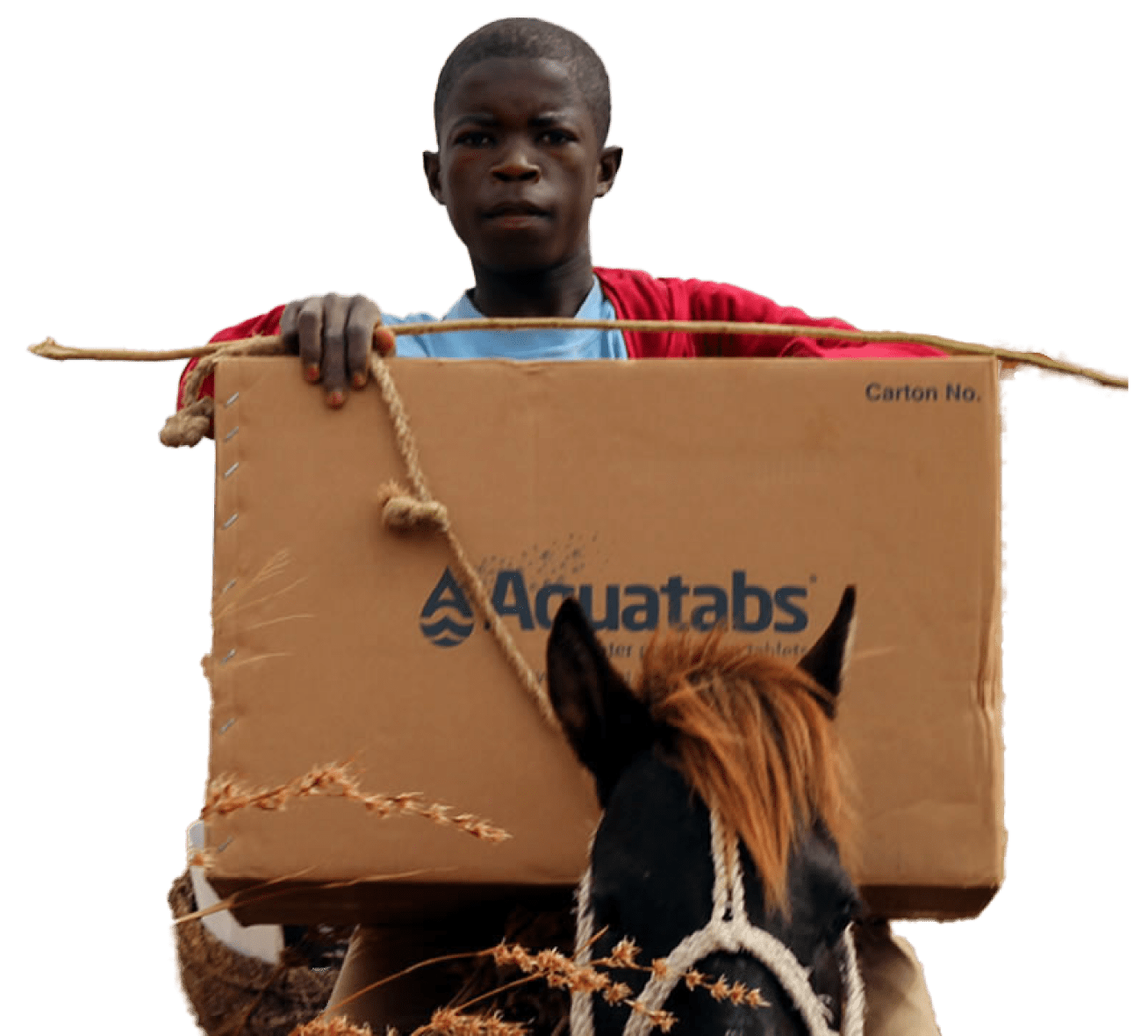Infection Prevention & Water Hygiene
Proper hand hygiene, facilitated by access to clean water and sanitation, is fundamental to infection prevention. Infection prevention and water hygiene are intrinsically linked. This World Hand Hygiene Day, we explore the critical connection between Infection Prevention Control (IPC) and water, sanitation and hygiene (WASH)
A Collaborative Effort for Global Hand Hygiene
On June 26th, 2020, UNICEF Executive Director Henriette Fore and World Health Organization Director-General Dr. Tedros Adhanom Ghebreyesus launched the “Hand Hygiene for All” initiative. This joint initiative, launched during the height of the COVID-19 pandemic, aimed to improve hand hygiene globally. They collaborated with international partners, governments, and the public and private sectors to develop a roadmap. This roadmap focused on supporting local resources to reduce hygiene gaps. Ultimately, the goal was to provide affordable hygiene services and products to the most disadvantaged countries.
The joint statement advised that during the pandemic, hand hygiene had never been more critical. Therefore, to reduce the impact of viruses and prevent future infectious diseases, everyone needs access to basic hygiene. Specifically, this means having clean water, soap, and alcohol-based products readily available. Furthermore, access should be universal, regardless of country, and extend to homes, schools, and healthcare facilities.
At that time one billion people living in least developed countries lacked basic handwashing facilities at home. Schools, healthcare facilities and hospitals in vulnerable areas were also without the products and water services needed to reduce the risk of transmissible infection between children, patients, health workers and teachers.
Hand Hygiene: A Simple Solution, a Global Challenge
Two years on and hand hygiene is more relevant than ever and still one of the most effective tools to prevent infection. Effective handwashing with soap and water is the simplest, most basic prevention of COVID-19 and other communicable diseases. However, for millions of people, hand hygiene is still beyond their grasp. According to the World Health Organization, 3 in 10 people globally could not practice proper hand hygiene during COVID-19, due to the lack of access to water and sanitation facilities.
Investing in water and sanitation has been high on the agenda of many organizations for years, and it has been relayed time and again that for every $1 invested in water and sanitation, the economic benefit to individuals and society is $4.30.
The Scope of the Problem: Lack of Access to Handwashing Facilities
Facts from a recent UNICEF/ WHO WASH data report advise that
- One in four healthcare facilities lack basic water1
- One in three facilities lack hand hygiene at the point of care.1
Strengthening WASH in healthcare facilities, helping healthcare workers to put in place infection prevention controls that protect their patients and themselves will lead to a reduction in the one million maternal and neonatal fatalities that occur every year due to lack of hygienic birthing practices.2
To combat outbreaks, antimicrobial resistance and ongoing infections in healthcare, countries need to have effective IPC programmes and functioning WASH services in place. In doing so, hand hygiene and clean birthing rooms could potentially increase newborn survival rates by 44%2
In addition, surface and instrument disinfection protocols for operating rooms in rural healthcare facilities are also critically important. Consequently, Healthcare-associated infections have been found to affect millions of people every year. Click the link to find out about our all in one solution for the complete disinfection requirements of a rural healthcare facility.
https://www.aquatabs.com/wash-kit-year-in-a-box.php
References:
1 Progress on household drinking water, sanitation, and hygiene
2 Addressing the challenge of neonatal mortality – PubMed



